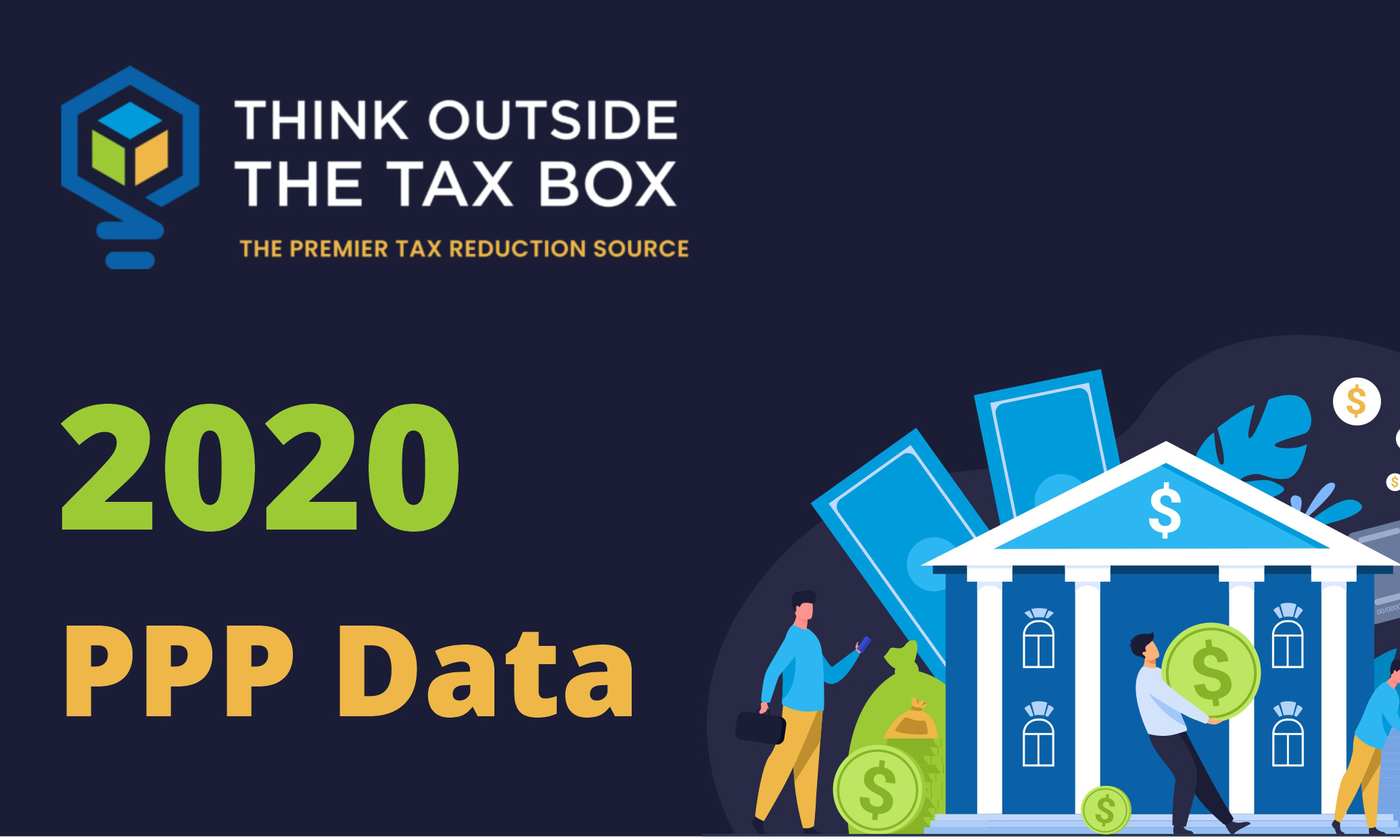The best tax planning will often be found where both the form and substance of a transaction align in the client’s interest. One such planning activity focuses on reducing self-employment tax, and while the attempt is admirable, the substance of the transaction might be stronger than its form.
Generally, if you’re a partner in a partnership, your distributive share of income is subject to Self Employment Contributions Act (SECA) tax, also known as self-employment tax. This can be up to an additional 15.3 percent on your earnings, unless an exception applies.
Many tax pros attempt to mitigate this tax by simply making the spouse of the main business partner a limited partner in the entity. The thought is that an exclusion applies for SECA tax when there is a “limited partner’s” share of partnership income.
But be careful! When the underlying substance overrides the form of a transaction, the taxpayer generally will lose.
The IRS recently highlighted such a problem with form in its draft partnership tax instructions by saying “For purposes of self-employment tax, however, status as a limited partner is determined under Section 1402(a)(13); whether a partner is a limited partner under state limited partnership law is not determinative.”
Simply calling a partner “limited” is not enough. The limited partner exception from self-employment tax creates a significant benefit when applied, but rulings focused on the substance of the partner’s interest have narrowed this exception.
Let’s review how to properly qualify as a limited partner in light of the IRS’s recent emphasis in this area. In the process, we will also look at the specifics of how particular forms should still win the day by avoiding SE tax.
Keep reading for more.




















